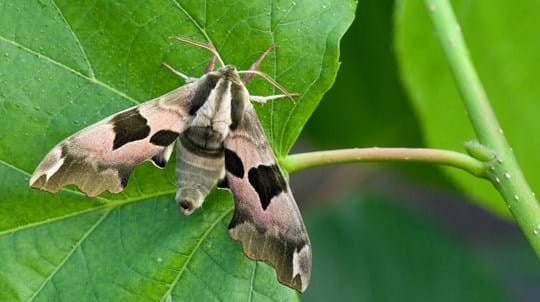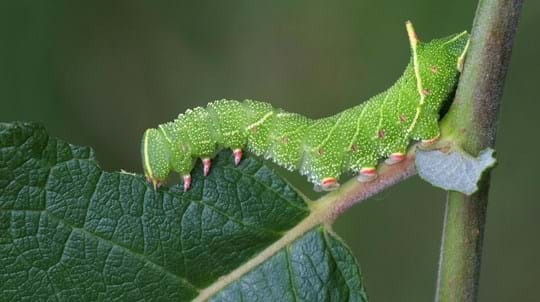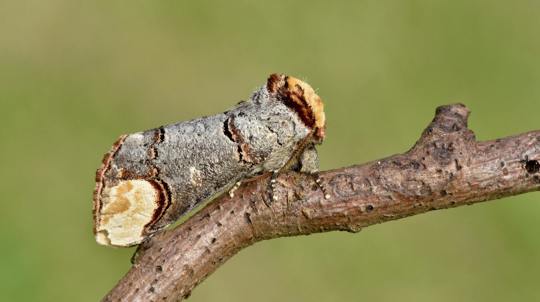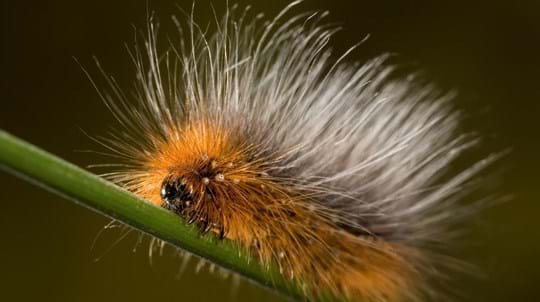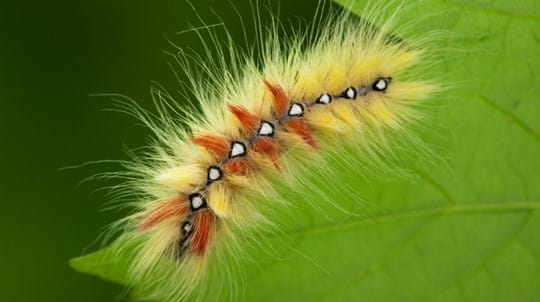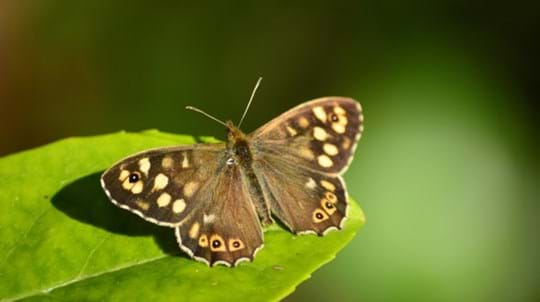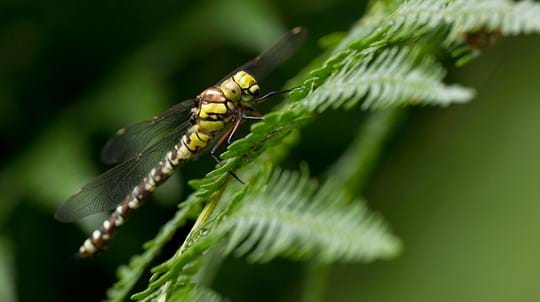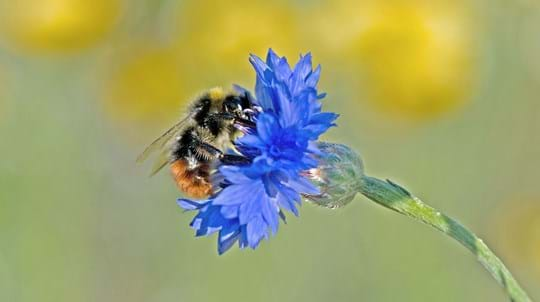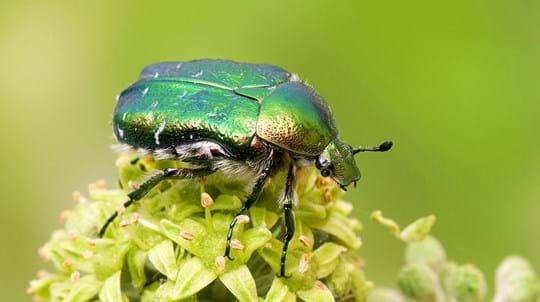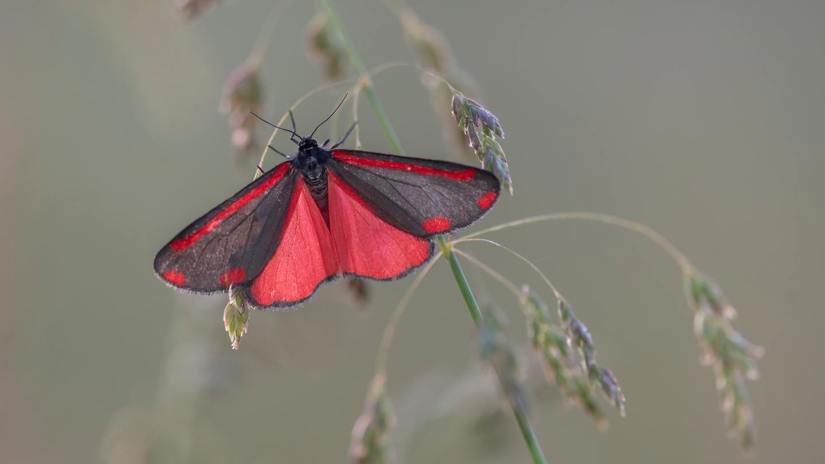
11 types of day-flying moth in the UK: an identification guide
Amy Lewis • 23 Apr 2021
The UK is home to a number of moths that are active during the day, many of which rival butterflies for colour and beauty. Which species might you encounter on a summer's walk?
Discover day-flying moths


